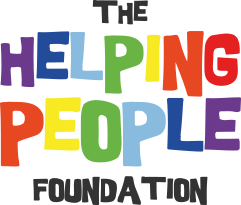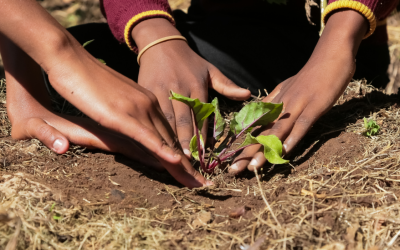THE PROJECT IN A NUTSHELL
Area of activity: Kenya, Nairobi
Donation volume: The project volume for 2 years is € 48,500, funded by The HELPING PEOPLE Foundation.
Organisations involved: Immanuelafrika (IAfrika) from Nairobi and Give one back e.V. from Würzburg.
IN DETAIL
Children from the street in Nairobi
The IAfrika Centre consists of residential groups for rehabilitation, a school and, in the future, a transition house. The aim of IAfrika is to provide the children with particularly close support in all areas of their lives.
The children can find a permanent home in the IAfrika children's home. In return, they have to abide by the rules and stay clean. Over the years, it has become clear that it is not ideal for rehabilitation and the children's home to be in the same place. The children who come fresh from the streets are in most cases addicted to drugs (especially glue, etc.) and suffer from multiple traumas. This upsets the everyday life of the already rehabilitated children. For this reason, IAfrika is currently building a so-called Transition House at another quiet location, which will be used as a Rehabilitation Centre in the future. The aim is for the children to move from the Transition House to the children's home when they have been rehabilitated and there is a free place there, for example because children return to their original family or manage to move out on their own. Translated with www.DeepL.com/Translator (free version)
- The children receive food and clothing.
- Therapeutic accompaniment works through experiences and traumas.
- Medical care for e.g. drug withdrawal and also other diseases is available for treatment.
- The children receive a comprehensive educational programme.
- Socio-pedagogical support to cope with everyday life is available.
The children...
- are clean and have an improved physical and psychological health.
- participate successfully in the education programme
- can manage their everyday life independently
- have an increased interest in learning and experiencing new things
- share their experience with other affected children





